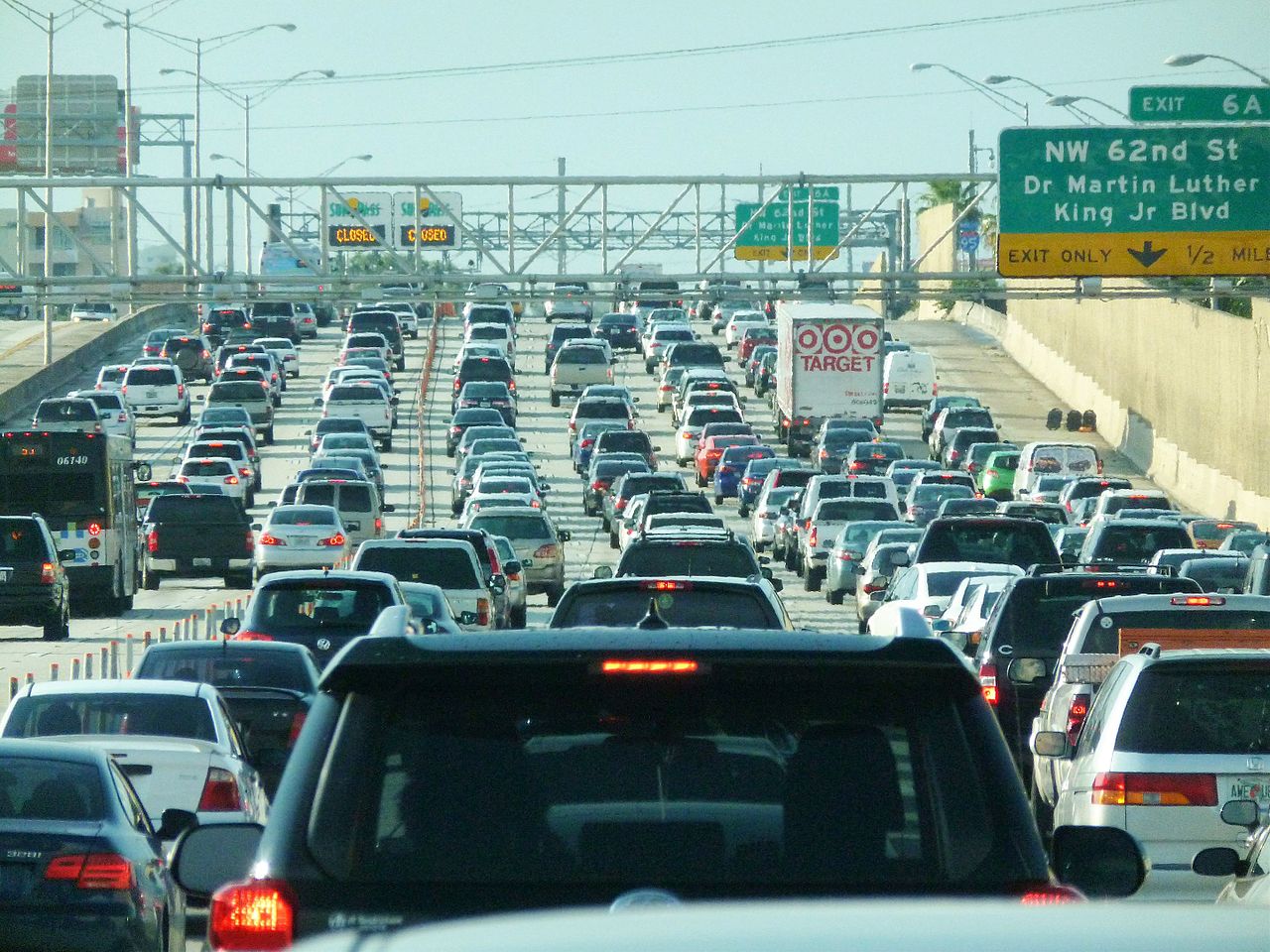


When wildfires started raging through southern California this month, Diana Younan warned her family members living in the path of the smoke to stay inside, as much as possible. Fires send air pollution levels soaring, filling the air with tiny particles. Younan, who studies environmental health at the Keck School of Medicine at the University of Southern California, knows the damage those tiny particles can do.
“It’s very well known that air pollution can affect respiratory function or health. But it’s not as well known that it can also affect the brain,” says Younan. Over the past decade, scientists started to note mounting evidence that suggests inhaling polluted air is toxic to the brain. That is slowly being linked to behavior, particularly for children and adolescents.
It’s similar, Younan says, to the way childhood exposure to lead—which used to be used in paint and gas—was eventually connected to behavioral problems. Some scientists even suspect that the decline in crime seen in the U.S. (and many nations) since the 1990s can be connected to the removal of lead from gasoline. “Lead is what pioneered the whole research on environmental risk factors,” she says.
In an analysis of data from nearly 700 children, Younan and her team found that kids in Los Angeles who were exposed to more air pollution over the course of adolescence were more likely to engage in delinquent behavior. The research was published today in the Journal of Abnormal Psychology. It also found that the same amount of pollution exposure had a stronger effect on behavior when kids had bad relationships with their parents, or when their mothers exhibited signs of depression.
The study used data gathered from kids over the course of almost a decade, starting when they were nine years old. Parents completed questionnaires on their children’s behavior (which asked about things like lying and cheating, substance use, and vandalism) every few years. The research team then used data on daily measures of air pollution in the area to classify the amount of pollution each child was exposed to near their home over the course of the study.
Younan specifically looked at the pollution from particulate matter 2.5, tiny particles that are 30 times smaller than a human hair. “It’s not smog that people can see,” she says. “But if they can’t see it, it’s bad.” This type of pollution primarily comes from cars and traffic, Younan says.
The connection between pollution levels and delinquent behavior couldn’t be explained away by differences in race, socioeconomic status, gender, or other social factors, Younan says, underscoring the driving effect of the particulate matter. But it’s important to note, she adds, that poorer people are more likely to live near a highway, or in more polluted areas, and have more exposure to the particles that can cause these adverse effects.
Younan pointed to a few weaknesses in the study—for example, it didn’t take noise pollution into account, and parents were only able to report on their child’s behavior in the home, not during social activities or at school. She hopes that more studies can help validate the findings. “It’s such a new area of research,” she says.
Deborah Cory-Slechta, a professor of environmental medicine at the University of Rochester who wasn’t involved in the new study, started her career by looking at lead exposure. But in the past few years, she’s moved towards research on air pollution. At the beginning, she was skeptical that pollution could impact the brain. “But it was amazing what we started to find,” Cory-Slechta says. “Everyone has been surprised, to say the least, at how dramatic some of these effects can be.”
Cory-Slechta studies the effect of air pollution on animal models, and says that the behavioral changes she sees in those studies seem to match onto the type of delinquent behavior observed in Younan’s longitudinal study. “Even at relatively low levels of exposure [in animals], we see changes in behavior,” Cory-Slechta says. “Things like impulsivity, which can relate to delinquent behavior.”
Pollution has a few potential paths into the brain. Particles inhaled into the lungs can travel into the blood, and eventually circulate up to the brain. Particulate matter can also cause stress in the lungs, which could cause the production of inflammatory molecules that then head to the brain. Pollution might also hit the brain directly, when people inhale polluted air through their noses, which are connected to a part of the brain called the olfactory bulb. That path, Cory-Slechta says, means the particles skip past the protection usually offered by the blood-brain barrier.
Particulate matter is often accompanied by metals, organic matter, or other contaminants, all of which can wreak havoc on the brain—particularly during critical developmental windows. “It’s a physical response to pollution,” Younan says. “It’s damaging the brain.”
When lead was removed from gas, crime rates went down in response, and Younan speculates that might be the case with air pollution, as well. “Over the past couple decades, air pollution has been decreasing and crime has been decreasing,” she says. “It would be interesting to look at see if they’re connected.”
Research on air pollution and the brain has blossomed in the past five or so years, Cory-Slechta says, but the field is still new, and there’s a lot of work left to be done. “In many ways, we’re still at the beginning.”